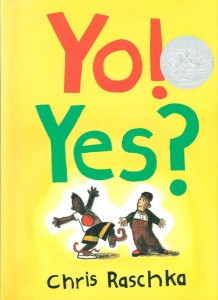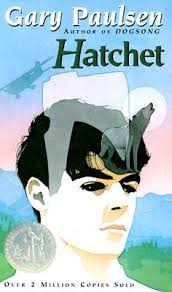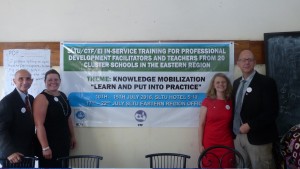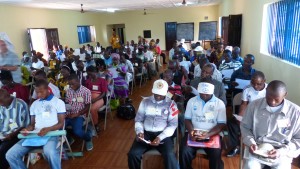As I reflect back on my teaching career I have come to understand how appreciative I am of the amazing teachers and administrators that have impacted and helped shape my life both as a teacher and a person. Everything I am as a teacher, everything I do as a teacher, everything I have is a result of the sharing that was done with me throughout my years in the classroom.
There are times when you do not know how to show your appreciation and saying thank you seems so inadequate. As a very wise principal (and now a good friend) once said to me, the best way you can show your appreciation is to make use of the advice given to you and pay it forward.
This post is going to be about paying it forward. I am going to share with you two of my most successful teaching units and two of my most cherished books that I use year in and year out. If you read this blog, I am going to then ask you to pay it forward by sharing in a response to this blog or via other social media options two of your most tried and tested teaching strategies, units or themes as well as two of your favourite books that you use in your classroom. Together we will pay it forward.
Books:
 This book has been a part of my teaching for almost fifteen years. It is the book that starts my class off from Day 1 each September. The power of this book is in the multiple messages that can be drawn from the words and texts. The two main benefits I reap from this book are that everyone can read, reading is going to be fun and it kick starts my focus on drama for the year.
This book has been a part of my teaching for almost fifteen years. It is the book that starts my class off from Day 1 each September. The power of this book is in the multiple messages that can be drawn from the words and texts. The two main benefits I reap from this book are that everyone can read, reading is going to be fun and it kick starts my focus on drama for the year.
 This book is part of who I am and my passion for the outdoors. It is the story of a 13 year-old boy who is lost in the wilderness and has to rely on himself to survive. This is a powerful book to hook children into the outdoors as the author creates a picture that transfers my students into the setting where they re-enact the main character. We culminate this book with our ‘Hatchet Day’ at a local outdoor education centre and then do a compare and contrast with the movie version ‘A Cry In The Wild’.
This book is part of who I am and my passion for the outdoors. It is the story of a 13 year-old boy who is lost in the wilderness and has to rely on himself to survive. This is a powerful book to hook children into the outdoors as the author creates a picture that transfers my students into the setting where they re-enact the main character. We culminate this book with our ‘Hatchet Day’ at a local outdoor education centre and then do a compare and contrast with the movie version ‘A Cry In The Wild’.
Poetry is a powerful form of writing and the success I have had with reluctant writers has been very inspiring to me. The power of this genre comes in the multi-faceted approach one can take with it. Poetic language does not have to follow grammatical rules, which allows reluctant writers to focus on meaning through word selection. I often use the outdoors as the theme behind our writing as we bring our experiences into the classroom and on to the paper. We culminate with a poetry recital where they invite guests to hear their writing.
Team building is a non-stop, five day a week, always on my mind approach that I take in my room. I de-emphasize competition and focus on common goals. ‘We’ is the pronoun that runs through the heart of my classroom. We enter into our year as individuals and from minute one we focus on coming together for a common good. The diversity and differences in our room becomes our strength as we celebrate and benefit from the shared expertise and passions in our classroom. This is accomplished through character education, books, songs, games and most of all face-to-face interactions such as eating lunch together.
Thank you for taking the time to read this blog and I now ask you to pay it forward.



